How do you position solar spot lights
Solar spot lights have become increasingly popular for outdoor lighting solutions, offering an eco-friendly and cost-effective way to illuminate your garden, patio, or landscape. These versatile lights harness the power of the sun to provide stunning illumination without the need for complex wiring or electricity bills. However, to truly maximize their potential, it’s crucial to understand how to position solar spot lights effectively. This comprehensive guide will dig into the art of positioning solar spot lights, covering everything from optimal placement techniques to creative applications that can transform your outdoor space.
Comprehending the Basics of Solar Spot Light Positioning
Before delving into the specifics of positioning solar spot lights, it’s essential to grasp the fundamental principles that govern their operation. Solar spot lights consist of several key components: a solar panel, rechargeable batteries, LED lights, and often a motion sensor or timer. The solar panel captures sunlight during the day, converting it into electrical energy stored in the batteries. This stored energy then powers the LED lights at night, providing illumination for your outdoor areas.
The efficiency of solar spot lights heavily depends on their exposure to sunlight. Therefore, the primary consideration when positioning these lights is ensuring they receive ample direct sunlight throughout the day. Ideally, solar spot lights should be placed in locations that receive at least 6-8 hours of direct sunlight daily. This requirement often means positioning them in open areas, away from the shadows cast by buildings, trees, or other structures.
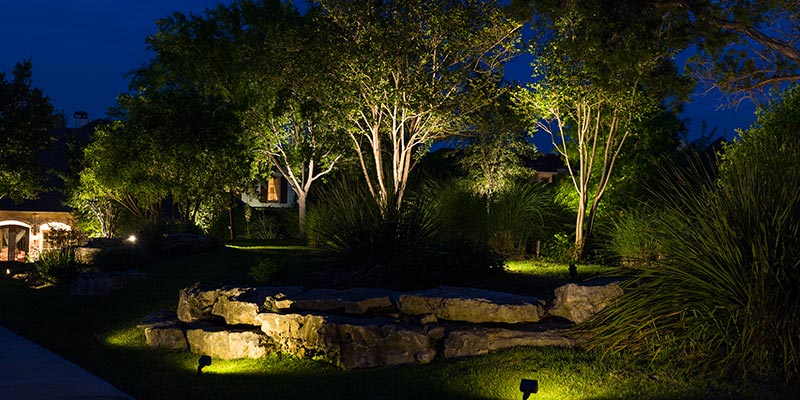
Another crucial factor to consider is the angle of the solar panel. Most solar spot lights come with adjustable panels that can be tilted to optimize sunlight absorption. In the Northern Hemisphere, solar panels generally perform best when angled towards the south, while in the Southern Hemisphere, a northward orientation is preferable. The optimal tilt angle can vary depending on your specific location and the time of year, but a general rule of thumb is to set the angle roughly equal to your latitude.
Strategic Placement Techniques for Maximum Impact
Now that we’ve covered the basics, let’s learn about some strategic placement techniques that can help you make the most of your solar spot lights. These techniques will not only ensure optimal performance but also create stunning visual effects that enhance the overall ambiance of your outdoor space.
1. Illuminate Pathways and Walkways: One of the most practical applications of solar spot lights is to illuminate pathways and walkways. By positioning lights along the edges of paths, you can create a safe and welcoming environment for navigation after dark. To achieve an even distribution of light, space the spot lights about 6-8 feet apart.
2. Highlight Architectural Features: Solar spot lights can be used to accentuate interesting architectural elements of your home or outdoor structures. Position lights at the base of columns, arches, or decorative walls, angling them upward to create dramatic shadows and emphasize textures.
3. Showcase Landscape Elements: Your garden’s natural beauty doesn’t have to disappear after sunset. Use solar spot lights to highlight trees, shrubs, or flower beds. Place lights at the base of trees and angle them upward to create a moonlight effect through the branches.
4. Create Depth with Layered Lighting: To add depth and interest to your outdoor space, consider using a layered lighting approach. Combine different types of solar lights, such as path lights, spot lights, and string lights, to create various levels of illumination.
5. Enhance Water Features: If you have a pond, fountain, or other water feature in your garden, solar spot lights can create mesmerizing effects. Position lights around the perimeter of the water feature, angling them to illuminate the water’s surface.
6. Boost Security: Solar spot lights can play a crucial role in enhancing the security of your property. Position lights near entry points, such as doors and windows, to deter potential intruders. Use motion-activated solar spot lights in these areas for an added layer of security.
Maximizing Performance and Longevity of Solar Spot Lights
While proper positioning is crucial for the effectiveness of solar spot lights, there are additional steps you can take to ensure their optimal performance and longevity. By following these best practices, you can maximize the lifespan of your solar spot lights and enjoy consistent, reliable illumination for years to come.
1. Regular Cleaning and Maintenance: To maintain peak efficiency, it’s essential to keep your solar spot lights clean. Dust, dirt, and debris can accumulate on the solar panel, reducing its ability to absorb sunlight. Regularly clean the panel with a soft, damp cloth to ensure maximum energy absorption. Also, check the light fixtures themselves for any buildup of dirt or insects that might obstruct the LED lights.
2. Seasonal Adjustments: As the seasons change, so does the sun’s path across the sky. To maintain optimal performance throughout the year, adjust the angle of your solar panels seasonally. In winter, when the sun is lower in the sky, increase the tilt angle of the panel. Conversely, in summer, when the sun is higher, decrease the angle. These adjustments will help ensure your solar spot lights receive maximum sunlight exposure regardless of the season.
3. Weather Considerations: While most solar spot lights are designed to withstand various weather conditions, extreme weather can impact their performance and lifespan. During severe storms or heavy snowfall, consider temporarily removing or covering your solar spot lights to protect them from damage. If you live in an area with harsh winters, you might want to bring your lights indoors during the coldest months to prevent battery damage from freezing temperatures.
4. Battery Care: The rechargeable batteries in solar spot lights play a crucial role in their performance. Most solar lights use NiMH (Nickel-Metal Hydride) or Li-ion (Lithium-ion) batteries, which have a lifespan of about 1-2 years with regular use. To extend battery life, allow the lights to go through several full charge and discharge cycles occasionally. This process, known as “cycling,” can help maintain battery capacity. Also, if you’re not using the lights for an extended period, store them in a cool, dry place with the batteries removed.
Conclusion
Solar spot lights offer a versatile, eco-friendly, and cost-effective solution for outdoor lighting. By understanding the principles of effective positioning and following best practices for maintenance, you can transform your outdoor space into a beautifully illuminated oasis. Whether you’re looking to enhance security, highlight landscape features, or create ambient lighting for outdoor living areas, solar spot lights provide a flexible and sustainable option.
If you’re looking for high-quality solar spot lights or need expert advice on outdoor lighting solutions, don’t hesitate to reach out to us at BITPOTT. Our team of lighting specialists is always ready to help you find the perfect solar lighting solutions for your needs. Contact us at info@forigat.com to learn more about our range of innovative solar products.
References
- U.S. Department of Energy. (2021). “Solar Energy Technologies Office.” https://www.energy.gov/eere/solar/solar-energy-technologies-office
- National Renewable Energy Laboratory. (2022). “Solar Radiation Basics.” https://www.nrel.gov/research/re-solar.html
- Lighting Research Center, Rensselaer Polytechnic Institute. (2020). “Outdoor Lighting: Visual Efficacy.” https://www.lrc.rpi.edu/programs/nlpip/lightinganswers/lightpollution/efficacy.asp
- American Lighting Association. (2022). “Landscape Lighting Basics.” https://www.americanlightingassoc.com/resources/landscape-lighting-basics
- Solar Energy Industries Association. (2023). “Solar Technology.” https://www.seia.org/initiatives/solar-technology

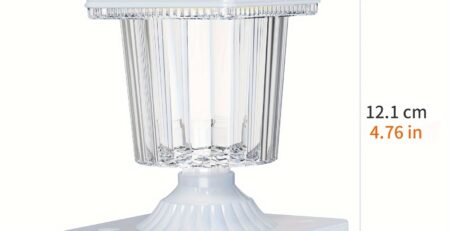
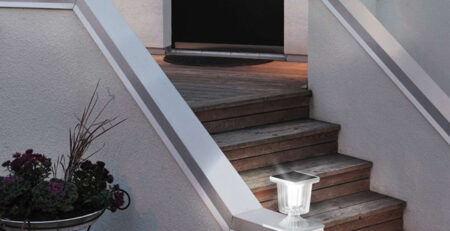

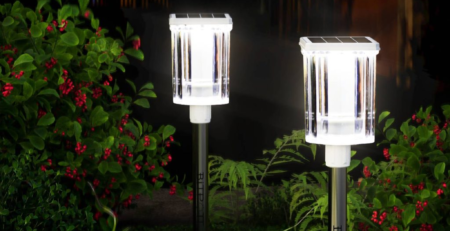
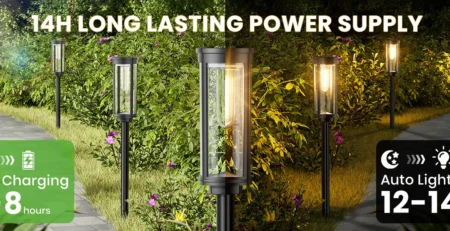
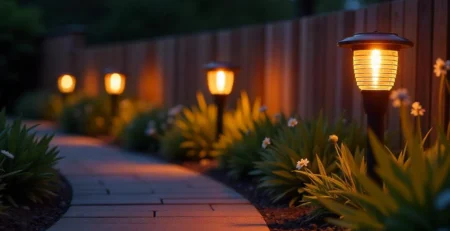
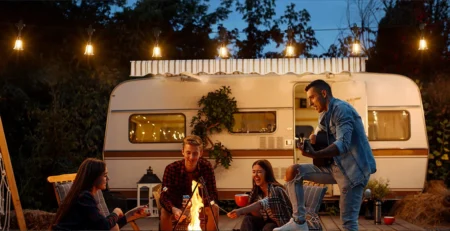
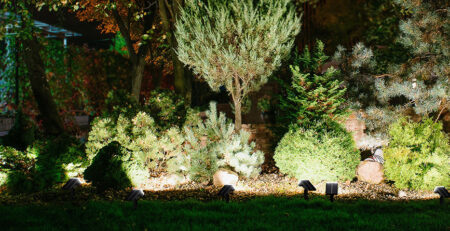
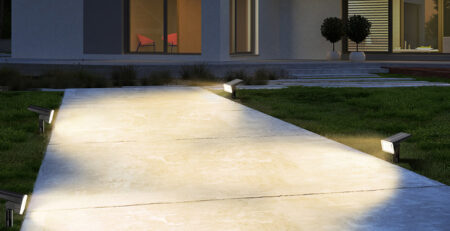
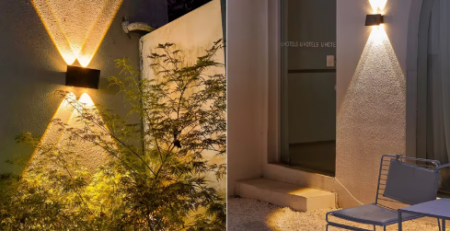
Leave a Reply